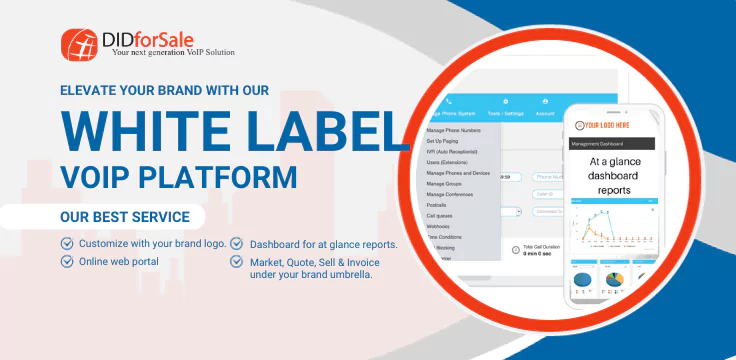When businesses evaluate SIP Trunk pricing, call volume plays a significant role in determining overall costs. While SIP trunks offer a modern and scalable communication solution, understanding how your usage impacts pricing can help you save considerably in the long run.
The Cost Behind SIP Trunk Pricing
SIP trunk pricing varies based on several factors, such as the number of simultaneous calls, the provider’s pricing model, and additional features. For businesses handling high call volumes, the cost can rise quickly if not optimized correctly.
How Call Volume Influences SIP Trunk Cost
The more calls your business makes simultaneously, the more SIP trunks you’ll need. Providers typically offer SIP trunking plans that charge for trunks in bundles or based on pay-per-minute rates. Here’s how call volume impacts different aspects of pricing:
- Per-minute plans: These work best for businesses with fluctuating call volumes. However, frequent calls can result in higher overall costs due to the accumulated per-minute charges.
- Unlimited plans: These plans offer more predictable SIP trunk rates for companies that consistently make a large number of calls.
SIP Trunk Pricing Comparison: Finding the Right Plan
Doing a SIP trunk pricing comparison is crucial to save money. Here’s a breakdown of what to consider:
- Call Volume Needs: If your business handles a high volume of calls, look for a provider that offers competitive SIP trunking service costs for large-scale operations. On the other hand, if call volume fluctuates, choose a plan that adjusts to your business’s needs.
- Trunk Bundles vs. Pay-as-You-Go: Some providers offer bundled trunks for a fixed price, while others allow you to pay per minute or per call. Comparing SIP trunk setup costs and SIP trunk rates can help determine which model offers better value for your usage.
- Additional Features: Look for features like call monitoring, redundancy, or international calling, which may be included or come at an extra cost. These factors should be part of your overall SIP trunk cost evaluation.
Tips to Save on SIP Trunk Costs
- Monitor Call Patterns: Understanding your peak call times and ensuring you’re not overpaying during off-peak hours can help reduce unnecessary expenses.
- Negotiate with Providers: After comparing SIP trunking service costs, try negotiating lower rates if your business has high call volume. Many providers are open to offering customized plans.
- Optimize Call Routing: Efficient call routing reduces the number of trunks needed, lowering overall SIP trunk pricing.
- Scale Your Plan: As your business grows, scaling your SIP trunking plan efficiently ensures you don’t pay for more trunks than necessary.
Conclusion
SIP trunk pricing is largely driven by call volume, but with the right strategy, you can save significantly. Conduct a thorough SIP trunk pricing comparison, assess your call volume, and choose a plan that fits your business’s needs without inflating costs.
For a deeper dive into choosing the right sip trunk providers for your business, check out our website.








